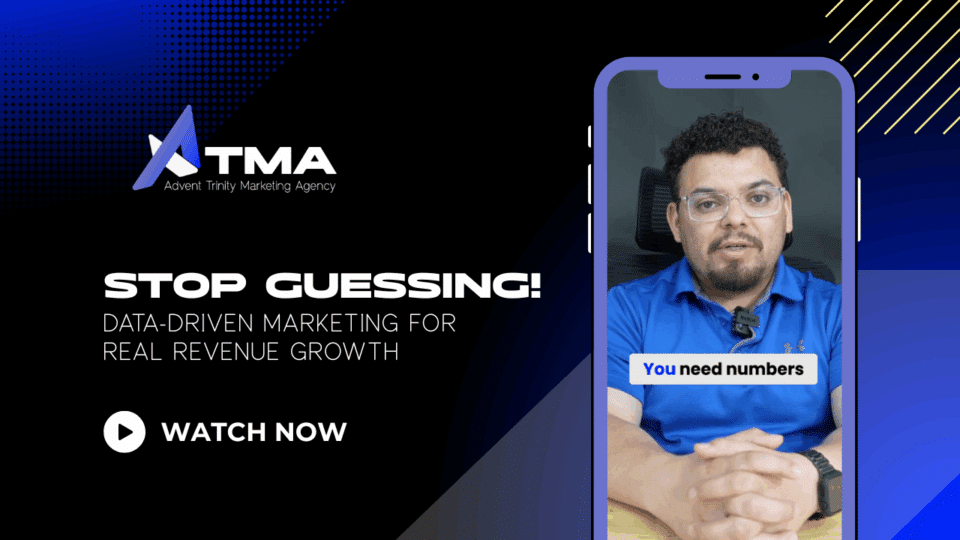
From Numbers to Strategy: Unlock Predictive Insights
November 18, 2024
Holiday Marketing Made Easy: Strategies For December Wins
December 1, 2024In today’s data-centric world, mastering marketing analytics is a must for decision-makers looking to stay competitive, optimize ad campaigns, and implement effective data-driven strategies. With the right approach, you can transform raw data into actionable insights that enhance your marketing efforts and boost your results. This guide will cover the essential components of marketing analytics, from collecting accurate data to understanding the customer journey and using marketing data insights to refine your strategy.
Data Collection & Analysis Simplified
Effective data collection and analysis form the foundation of successful marketing. By gathering the right information, you can gain a deeper understanding of your target audience and create strategies that meet their needs. Here’s how to streamline your approach:
- Primary Data Collection: Gather firsthand information through surveys, focus groups, and interviews to get insights into your audience’s preferences and demographic information.
- Secondary Data Sources: Use existing data from social media platforms, industry reports, and tools like Google Analytics for market research and informed decisions.
- Data Cleaning & Preparation: Make sure your data is accurate by removing duplicates and standardizing formats. This process ensures you start your analysis with clean, reliable data.

With accurate data collection methods, you can confidently move forward to more detailed marketing data analysis that drives better decision-making.
Read more about Data Collection & Analysis Simplified.
Setting Marketing KPIs for Success
Setting clear and measurable key performance indicators (KPIs) is crucial to tracking the effectiveness of your marketing efforts. Without the right KPIs, it’s easy to get lost in data and miss key insights. Here’s how to set KPIs that work:
- Define Clear Goals: Are you focused on increasing brand awareness, generating leads, or driving conversions?
- Choose the Right Metrics: Select KPIs that align with your goals, such as website traffic, social media engagement, and ROI (Return on Investment).
- Track & Adjust: Use tools like Google Analytics and KPI dashboards to monitor your KPIs and refine your approach based on data-driven strategies.

Start small by focusing on 3-5 core KPIs that give you the most insight and expand as your strategy evolves.
Explore more on Setting Marketing KPIs for Success.
Understanding Marketing Attribution Models
Attribution models help you understand which ad campaigns and marketing touchpoints are most effective in driving sales and customer engagement. By analyzing your customer journey, you can allocate resources more effectively and make smarter investments.
- First-Click Attribution: Gives credit to the first interaction, ideal for understanding initial customer interest.
- Last-Click Attribution: Focuses on the last interaction before a purchase, highlighting what ultimately led to the conversion.
- Linear Attribution: Spreads credit evenly across all touchpoints, providing a balanced view.

Choose the attribution model that aligns with your goals and provides the most meaningful marketing data insights.
Learn more about Understanding Marketing Attribution Models.
Visualizing Data & Using Predictive Analytics
Data visualization turns complex data into clear visuals like charts, graphs, and dashboards, making it easier to understand. Meanwhile, predictive analytics uses historical data to forecast future outcomes and optimize your marketing strategy. Combining these techniques allows you to turn data into valuable insights that drive better ad campaigns and customer interactions.
- Top Data Visualization Tools: Use tools like Tableau, Google Data Studio, and Power BI to create engaging visuals.
- Predictive Analytics Techniques: Apply models like regression analysis, clustering, and classification to forecast trends and enhance your data-driven strategies.
- Applying Insights: Use visual data to present findings to stakeholders and guide future product or service decisions.

By leveraging data visualization and predictive analytics, you can turn insights into action and refine your strategy for maximum impact.
Discover more about Visualizing Data & Using Predictive Analytics.
Key Takeaways
Mastering marketing analytics involves collecting accurate data, setting the right KPIs, understanding attribution models, and using advanced techniques like predictive analytics. With these strategies, you’ll be able to transform raw data into actionable insights, optimize your marketing efforts, and achieve measurable success.
Ready to take your marketing analytics to the next level? Contact Advent Trinity to see how we can help you harness the power of data for your business.




